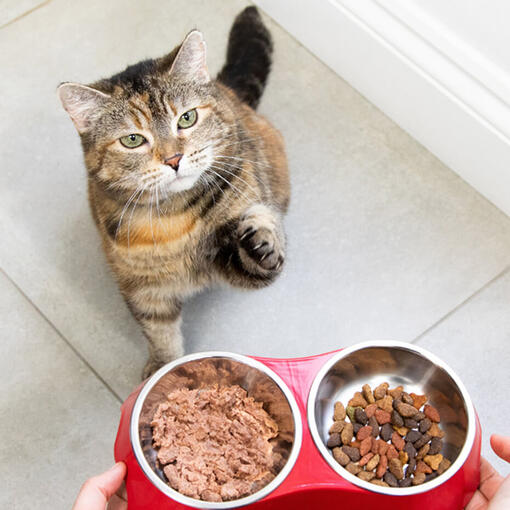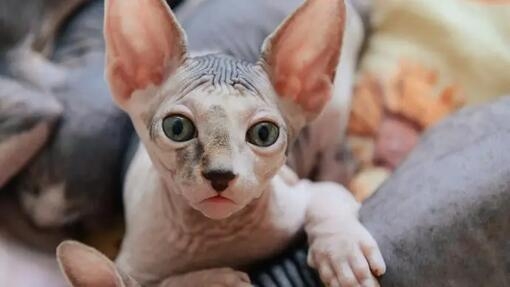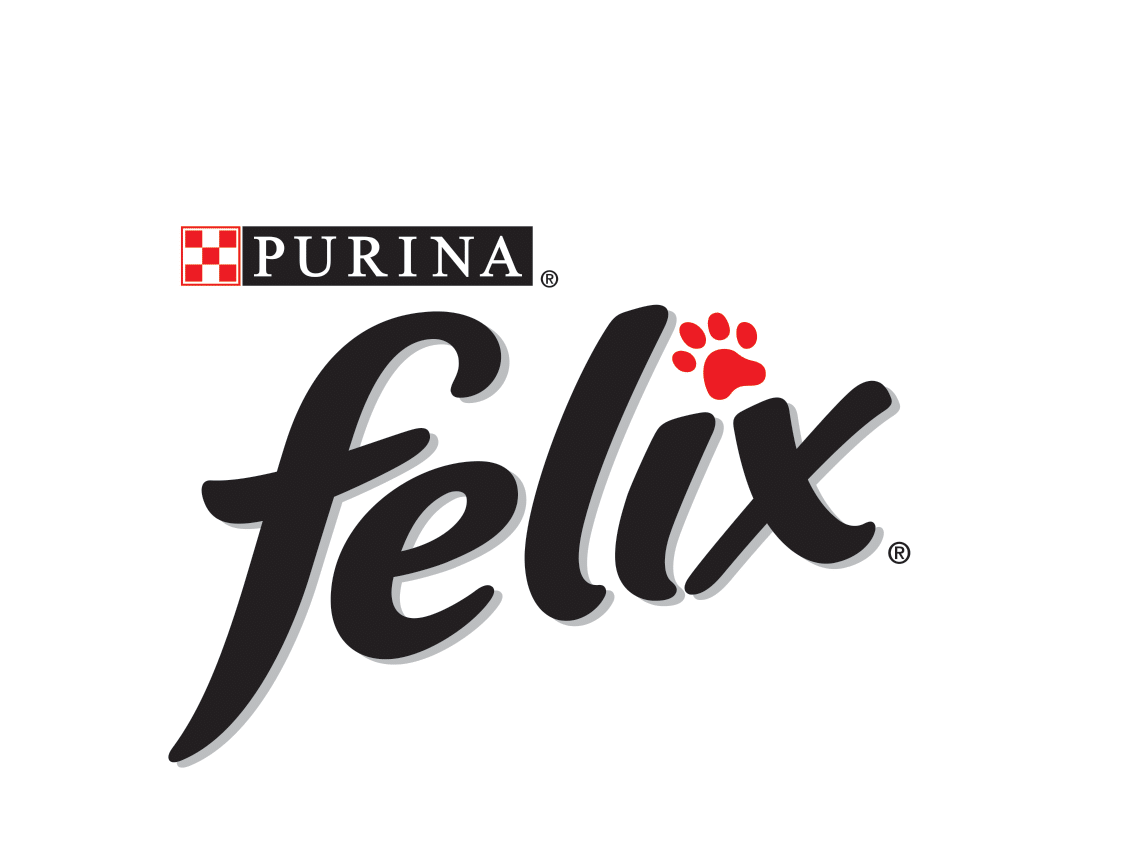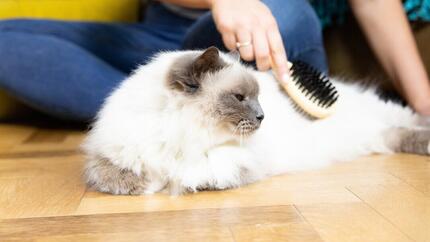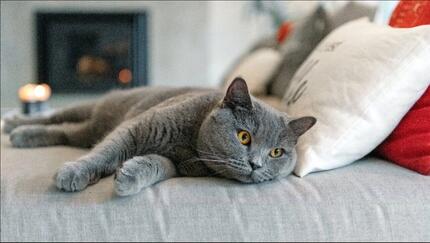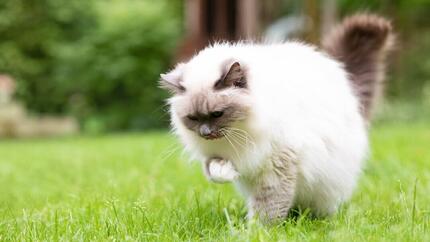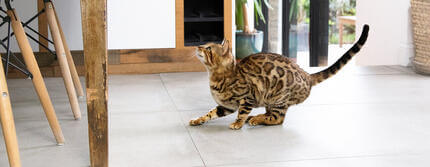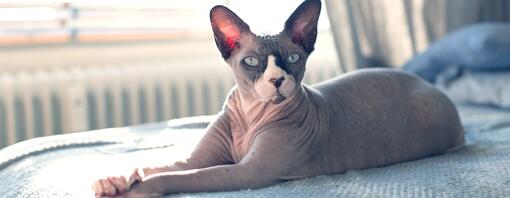
Hairless cats have been around for an extremely long time, there’s even evidence of them dating back as far as the Aztec period. And then from the early 2000s, cats with no hair became very popular and many breeders set about developing new breeds, often created with the breed that’s considered to be the original hairless cat – the Sphynx.
Hairless cat breeds are truly unique in appearance, but they also tend to be very affectionate and are known to climb under duvets and inside jumpers for warmth. If you’re thinking about bringing a beautifully bald cat into your home, you may be wondering about how to care for them and what breeds currently exist. Read on to find out all you need to know.
Are hairless cats actually hairless?
First things first, you may be wondering if hairless cats are actually completely hairless. Some cats can be totally bald, but it’s far more common for them to have soft, fine, down-like fur which makes them feel like velvet. This fur may be a fine coating all over, or it may be isolated to patches like their tail or between their toes. Interestingly, some kittens can be born with fur and then they may lose it as they grow up.
Are hairless cat breeds hypoallergenic?
Many believe that because a cat has no hair, it’s automatically hypoallergenic, but that’s not true.
It’s not actually a cat’s fur that people are allergic to, it’s the proteins found in their skin (dander) and saliva. However, people with sensitivities may be less likely to get a reaction from a bald cat as they don’t shed as much, meaning their fur won’t stick to surfaces around the house.
Caring for hairless cat breeds
One thing you’ll need to be aware of if you choose to get a hairless cat breed is that they require specialist care. When it’s colder, they’ll likely need coats or a jumper to keep them warm and it’s important that you keep your house well heated too. Come the summer, you may want to invest in a cat-friendly sunscreen and if you intend to let them outside, avoid hot days and the middle of the day when the sun is at its peak. However, as hairless cats are so sensitive to the elements, it’s often a good idea to keep them as an indoor cat.
You’ll also need to bathe your bald cat regularly – once a week should suffice – as they don’t have hair to absorb the oils from their skin. If you don’t prevent oil build-up on their skin, your cat will likely get sticky and uncomfortable and skin problems may occur. Additionally, some hairless cats may not have eyelashes, so you’ll need to take care to gently clean around their eyes every so often with a wet cloth.
6 hairless cat breeds
Now you know how to care for them, check out the list of our favourite hairless cat breeds below!
1. Sphynx
One of the most popular hairless cat breeds, the Sphynx is bald due to a recessive genetic mutation. Very elegant in appearance with deep-set, lemon-shaped eyes, a fine-boned body and long legs, this breed looks nothing short of ethereal. When it comes to their coat (or rather lack thereof), Sphynx cats can have a down-like coat or patches on their face, legs and tail.
The Sphynx is known for being very outgoing and mischievous and on top of this, they’re people cats who love nothing more than to ‘chat’ to their owners. Fun fact: most Sphynx cats can be traced back to three hairless kittens from Toronto in 1978!
2. Bambino
The Bambino is a relatively new hairless cat breed and only came about in 2005 as the result of crossing a Sphynx and Munchkin. The result was a dwarfed, bald cat with little legs and large ears, giving it almost a permanent kitten-like appearance. Some Bambinos have fur on their face, ears, legs or tail, whereas others have no fur whatsoever.
This cat with no hair is incredibly playful and despite their little legs, they’re super quick!
3. Donskoy
Also known as the Don Sphynx, the Donskoy is an adorable hairless cat breed with wrinkly skin, big ears, long webbed toes and endearing almond-shaped eyes. Interestingly, some kittens are born with coats and lose it as they get older. When they were first bred, it was thought that these kittens had an illness, however it was later discovered that their hairlessness is due to a dominant gene. The Donskoy is extremely friendly, loving and loyal and love nothing more than playing with their favourite people. Fun fact: some Donskoy cats will get a partial winter coat and shed it when the seasons change.
4. Peterbald
The result of crossing a Donskoy and Oriental Shorthair, the Peterbald possesses charming characteristics from both breeds including large ears and big almond-shaped eyes. Some Peterbald kittens are born with a soft, downy coat which they may or may not shed as they get older. Not all Peterbalds are cats without hair though, sometimes they may experience a throwback to the Oriental and be born with a full coat. This hairless cat breed is often considered to be ‘dog-like’, as they’re so loyal and affectionate. One thing to be aware of is the fact they have long webbed front toes that are incredibly nimble, so they can actually hold items and open doors!
5. Ukrainian Levkoy
Originally bred in 2004 in Russia, the Ukrainian Levkoy is a bald cat breed that was created by crossing the Donskoy and Scottish Fold. Their parentage is quite clear through their small, inward folding ears and furless bodies that can range from being completely bald to having a coating of velvety down. The Ukrainian Levkoy is very affectionate and playful, so you’ll need to provide them with plenty of entertainment and toys to prevent them from climbing the walls.
Fun fact: Ukrainian Levkoy cats are incredibly intelligent and are amazing at finding things, so you’ll need to be careful about where you hide the treats!
6. Elf
The adorably named Elf is another new hairless cat breed that came about in 2004 by crossing a Sphynx and an American Curl. The Elf is very soft to the touch and they usually have some sort of ‘peach fuzz’ all over their body or this may just be isolated to light patches on their ears, nose, paws or tail. This hairless cat breed is quite rare but if you’re lucky enough to find one, they’re very sociable, friendly, affectionate and love nothing more than being the centre of attention. Additionally, they’re big climbers so you’ll need to provide lots of taller surfaces so they can satisfy this need. That’s our guide to how to care for hairless cats and the current breeds that exist! Prefer a kitty with a coat instead? Check out our article on short-haired cats, next.

